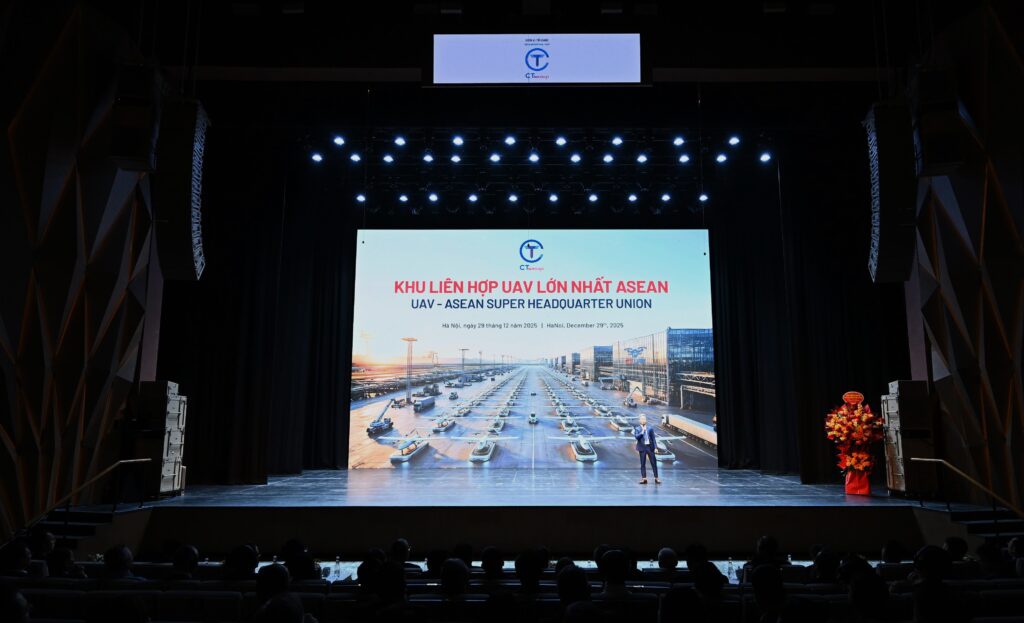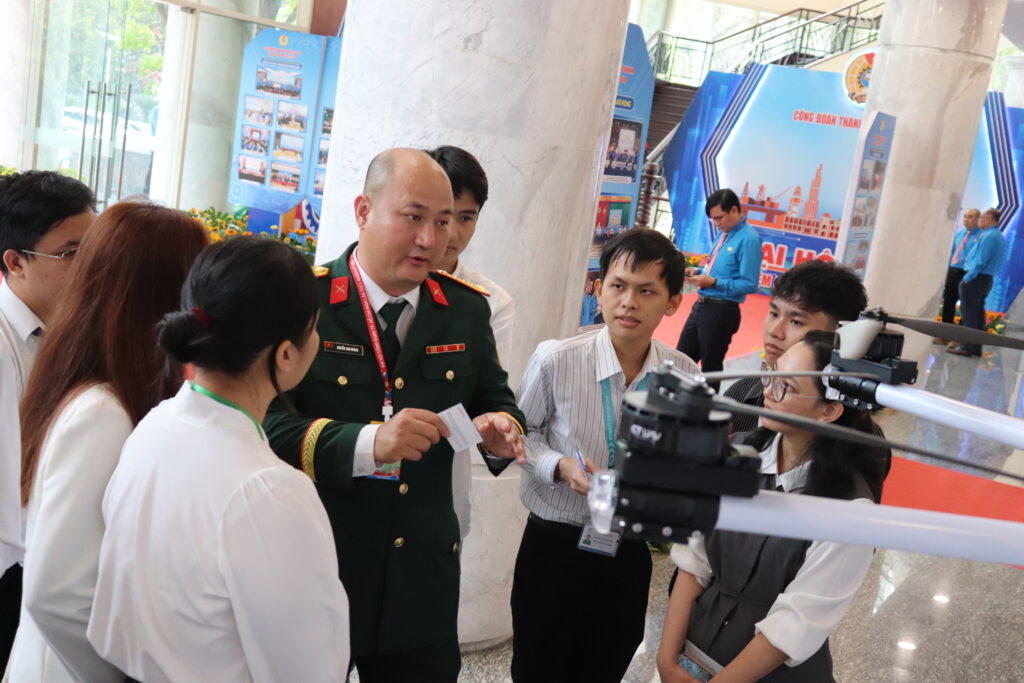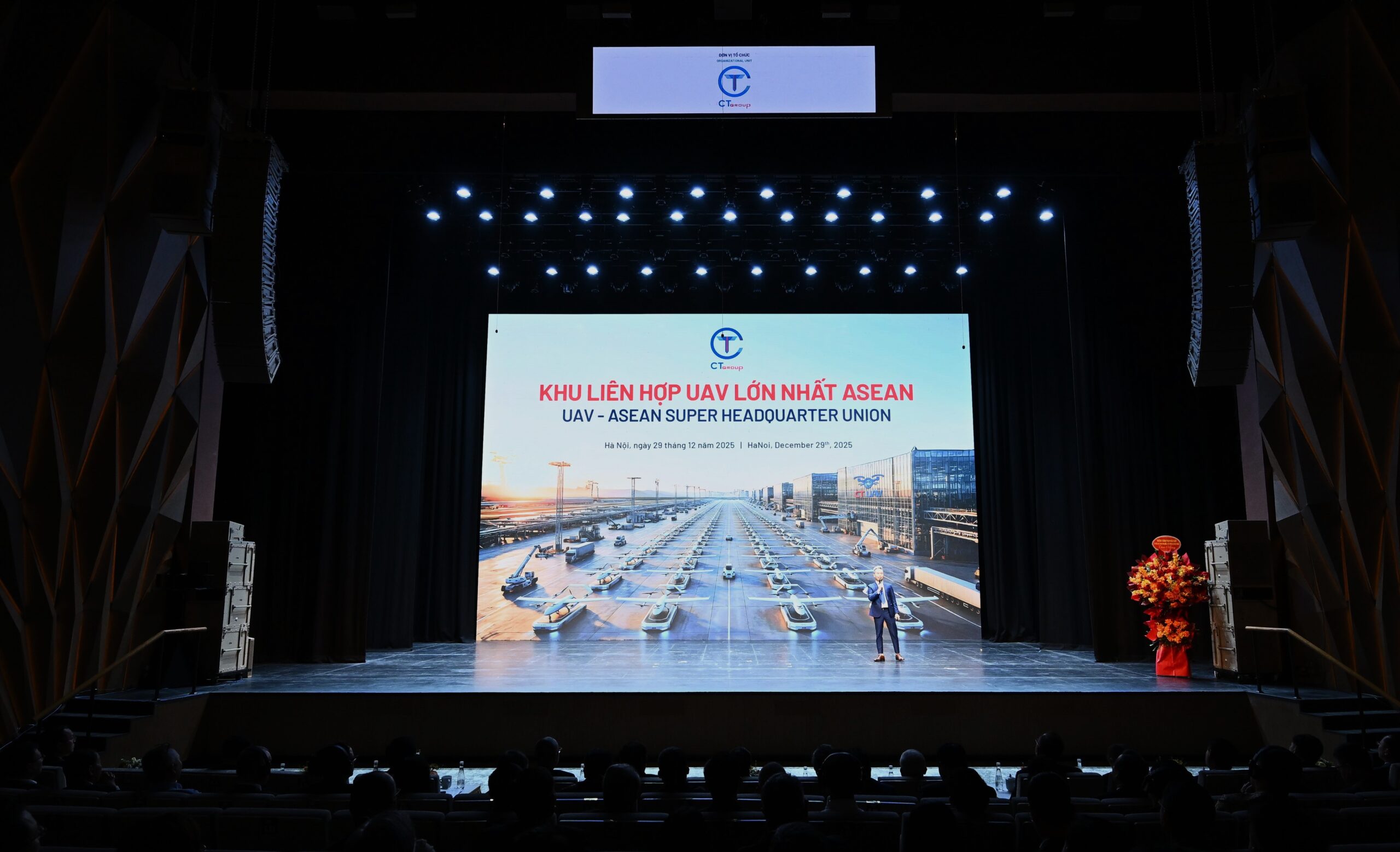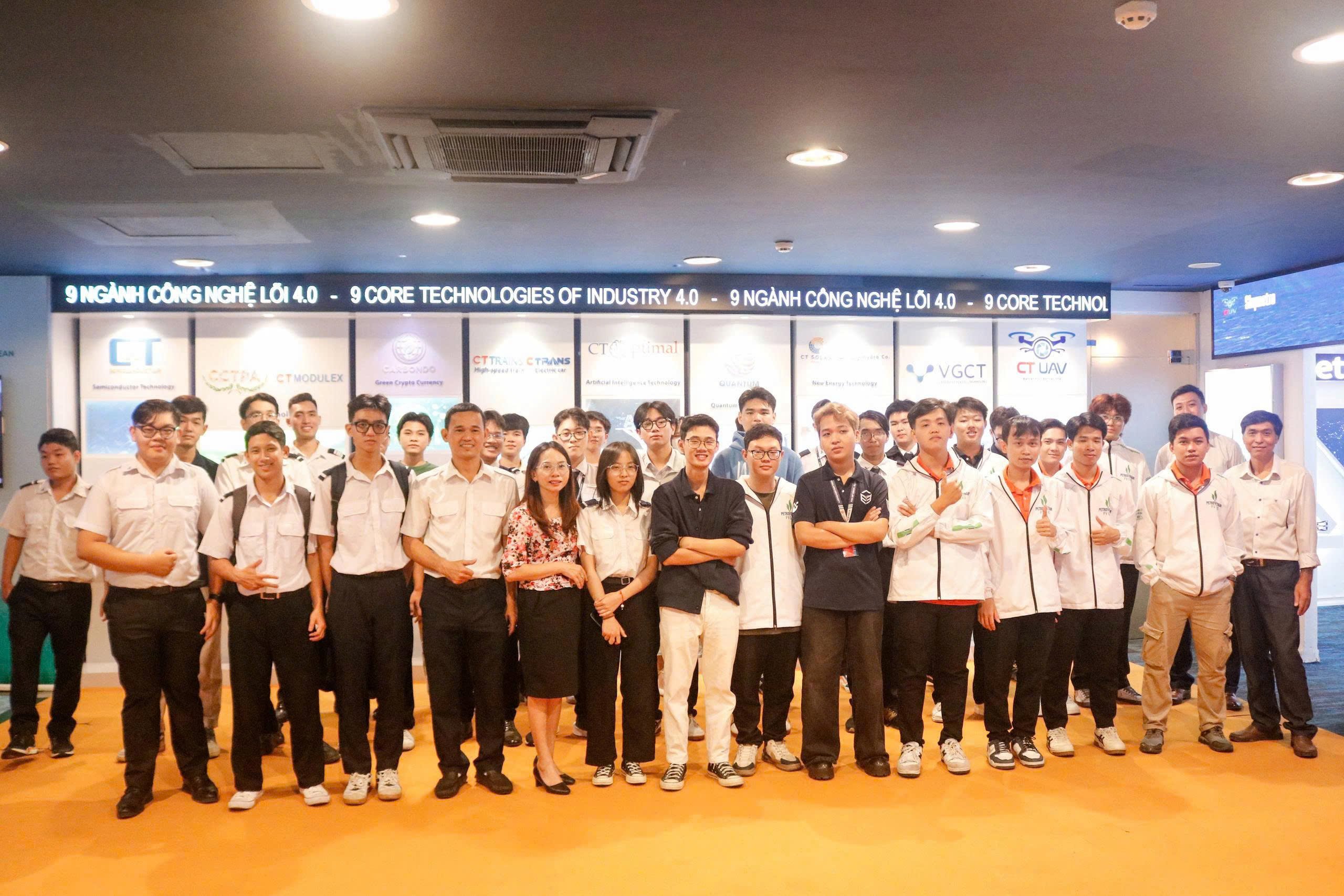Real estate products developed by CT Land, a subsidiary of CT Group, stand to gain value when the transit oriented development (TOD) model gets underway in Vietnam, the company says.
It says in a release that the TOD model will spur economic development and deliver a modern, comfortable and sustainable living environment to residents. This, in turn, will make projects in contiguous areas increasingly attractive.
Under the model, urban development plans are designed based on transit systems, thus improving efficiency of land use and transit operations. TOD-based municipalities serve multiple functions centered around stations. The stations are typically surrounded by commercial and industrial centers, offices and schools, not to mention public admin offices.
The number of pedestrians and customers from and to these areas will increase, opening up many business opportunities and contributing to improving local socioeconomic and environmental conditions.
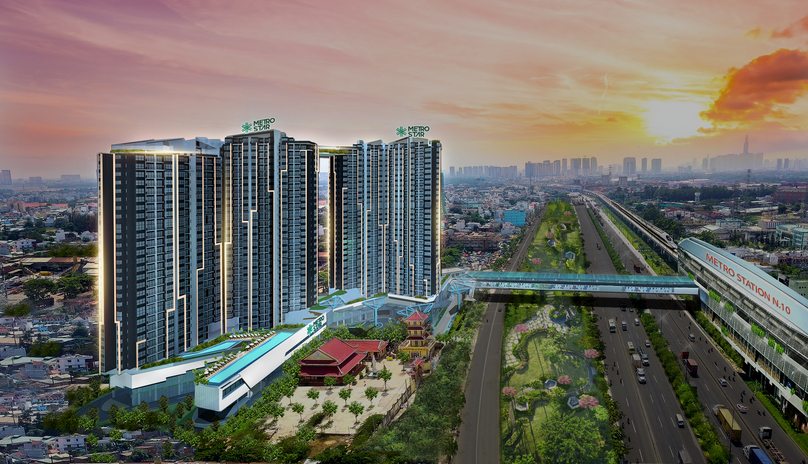
The Metro Star project has won appreciation for its investment potential thanks to synchronous connections with the metro line including a pedestrian bridge.
Many developed countries have successfully applied this model in major cities like Tokyo (Japan), Seoul (South Korea), London (the UK), New York (the U.S.) and Sydney (Australia), making TOD an important model for smart city planning and management in the 21st century.
In Vietnam, metro lines, ring roads and a national railway section from Ho Chi Minh City to Can Tho city in the Mekong Delta region provide the basis for urban planning and development under the TOD model.
Currently, Ho Chi Minh City is the first locality in the country to pilot urban development focused on the railway system. The southern economic hub plans to pilot the TOD model in areas around railway stations of Metro Line No. 1 (Ben Thanh-Suoi Tien) and intersections along Ring Road 3.
A modern urban space near the metro line will attract people to live and a large flow of passengers will make areas near the stations more valuable.
In particular, HCMC’s Metro Line No.1 is said to hold great potential and projects that embrace the TOD trend will also see increased value as they meet real needs of residents, from settling down to making investments.
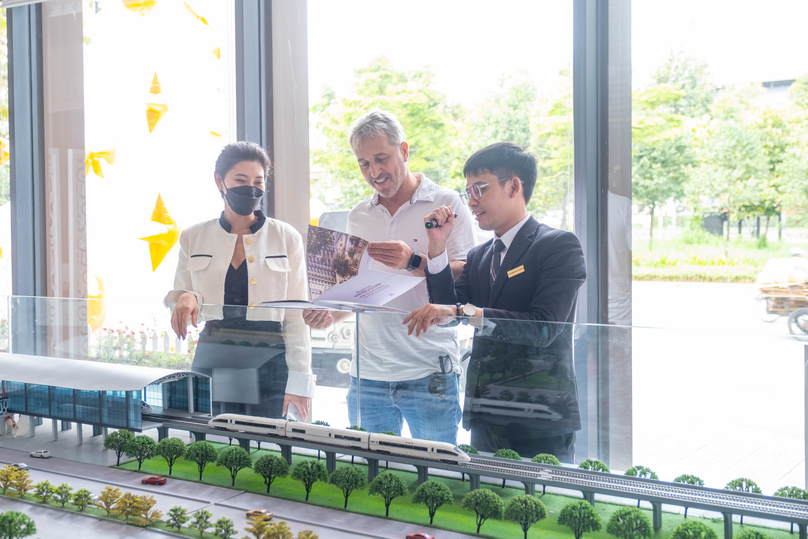
Along the current metro lines in HCMC, many projects like Metro Star are drawing attention from investors
Along the current metro lines, many projects are drawing attention from investors. These include Metro Star, Metro 9 and Metro City developed by CT Land. In particular, Metro Star is a rare project with a pedestrian bridge linking Metro Line No. 1 (Ben Thanh-Suoi Tien). This project is highly valued for its advantages and potential for investment thanks to its synchronous infrastructure connection with the metro line and ring roads connecting the project with downtown HCMC.
Directly benefiting from transport infrastructure improvements, Metro Star will welcome about 250,000 passengers using the metro every day and tens of thousands of others from the Truong Tho central business district (CBD), which is the economic, cultural and administrative heart of Thu Duc city. The business, investment and usage values will therefore increase in the future.
Along Metro Line No. 2 (Ben Thanh-Tham Luong), CT Land’s DIYAS brand is expected to develop about 20,000 DIY 4.0 apartments, meeting the needs of affordable housing for young people with limited savings. DIYAS residents can effectively utilize this means of transport to travel to all inner-city areas.
CT Land is a pioneer in project development based on the TOD model. It boasts more than 30 years of experience in the real estate industry and has demonstrated its ability by successfully developing a diverse range of residential, retail, logistics, and tourism real estate.
All customers who have cooperated with CT Land see high profits and good liquidity, the firm said in a release.
Apart from the projects along the metro lines, CT Land is also developing many projects in strategic areas of HCMC, ring roads, and new urban areas at the city’s gateways.
The TOD model is a solution that both helps implement urban planning in a modern way and improves the quality of life for residents. Along with the metro system, a series of follow-up works will help improve the stature of the area and adjacent properties will establish new value levels.
The prices of existing projects along the routes will expand by 20-50% compared to the original ones. The potential for rapid price hikes and traffic and trade benefits will continue to attract savvy investors.


